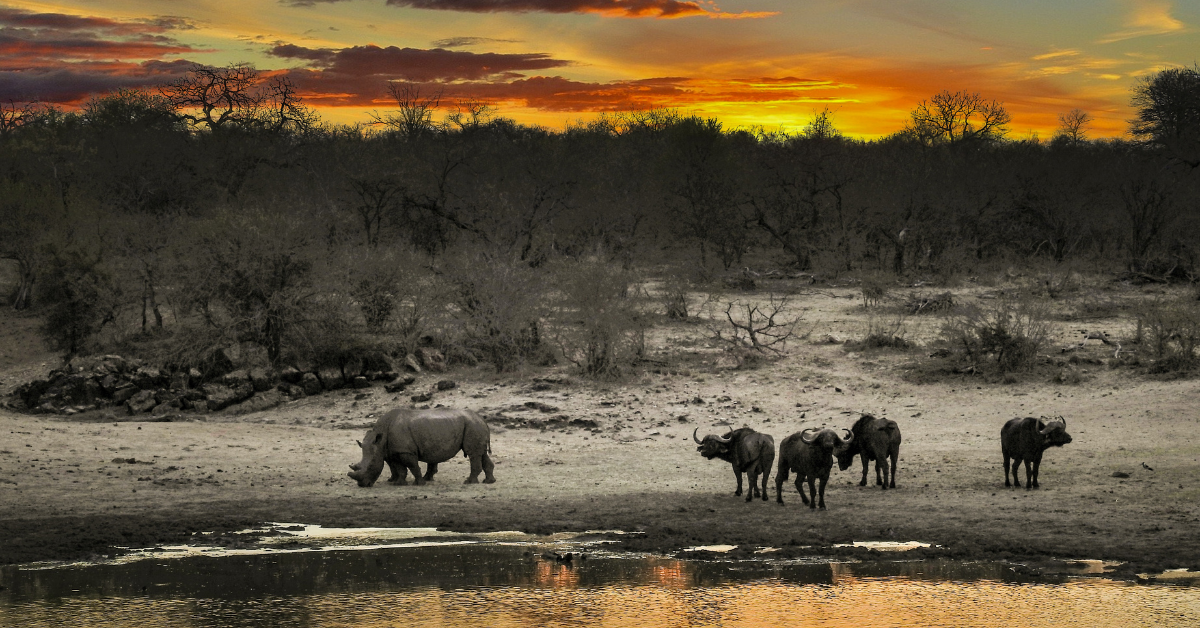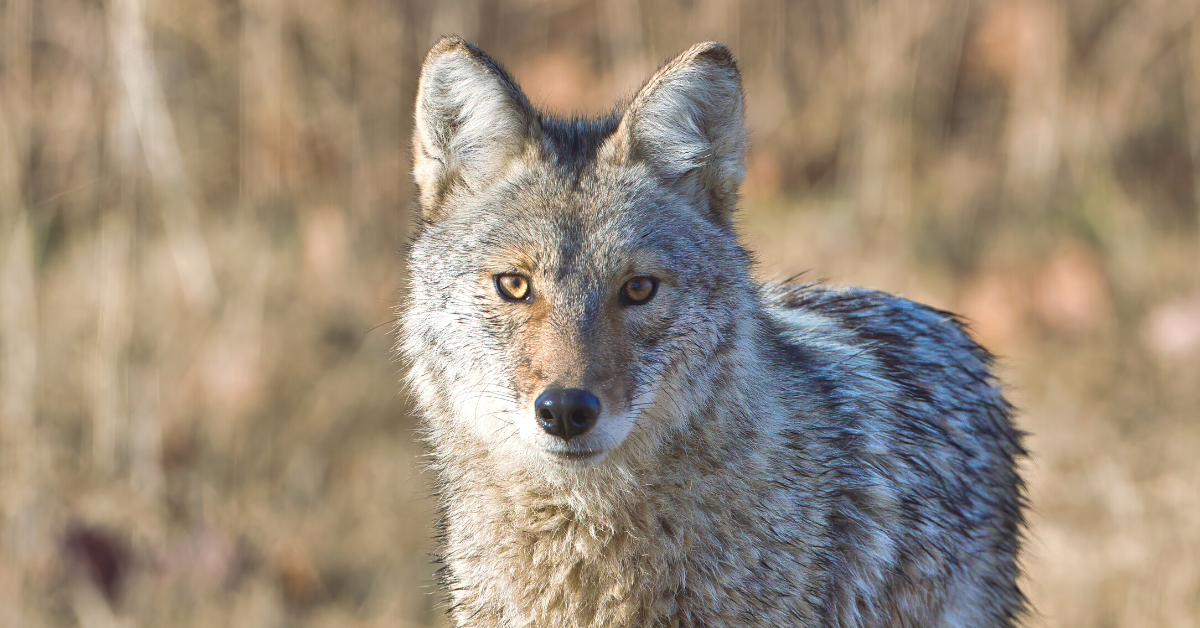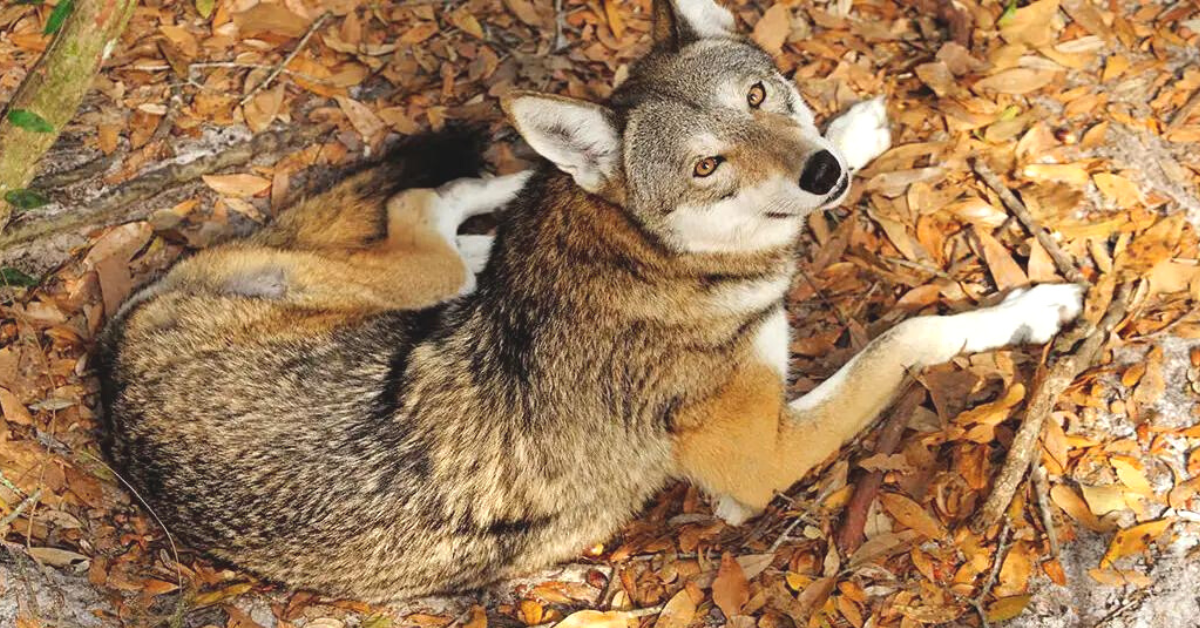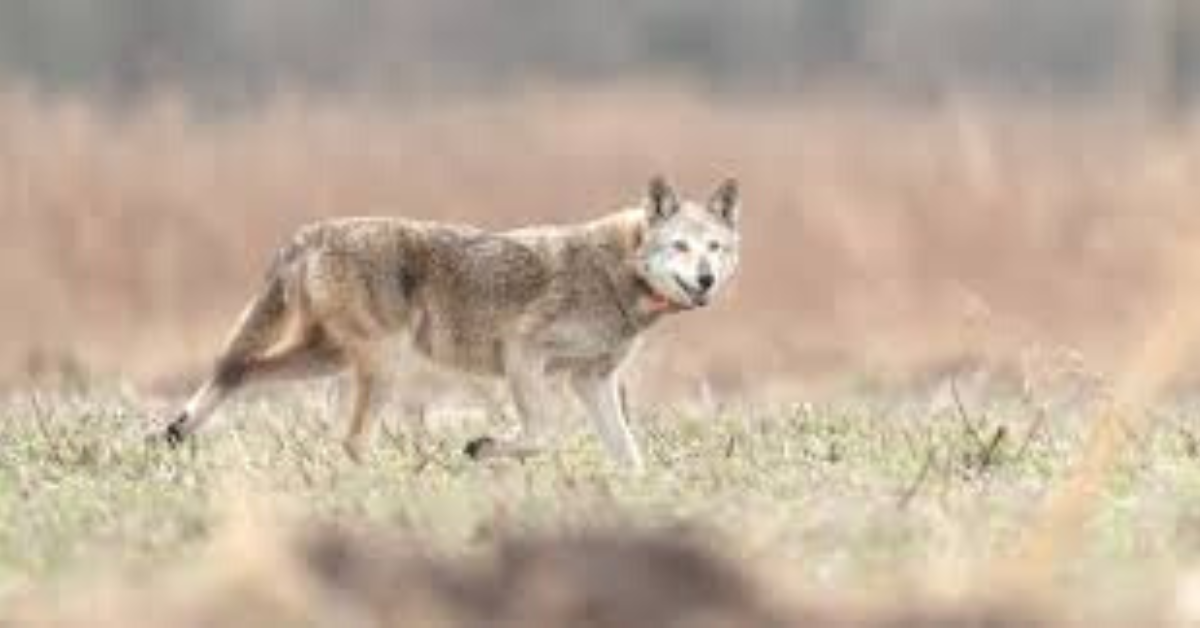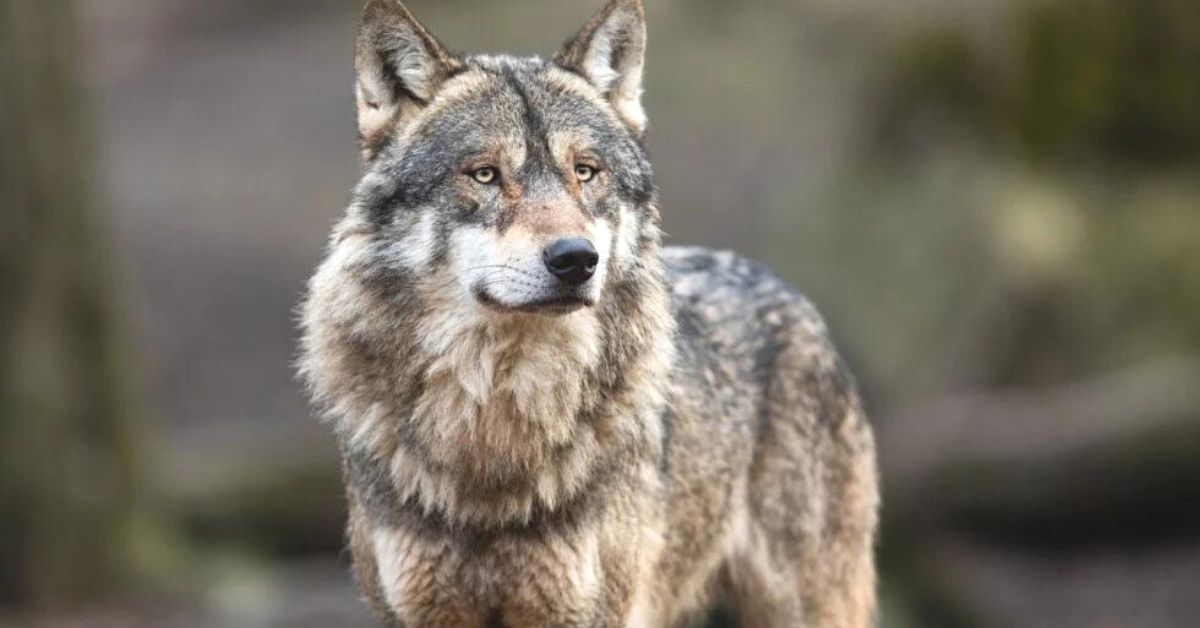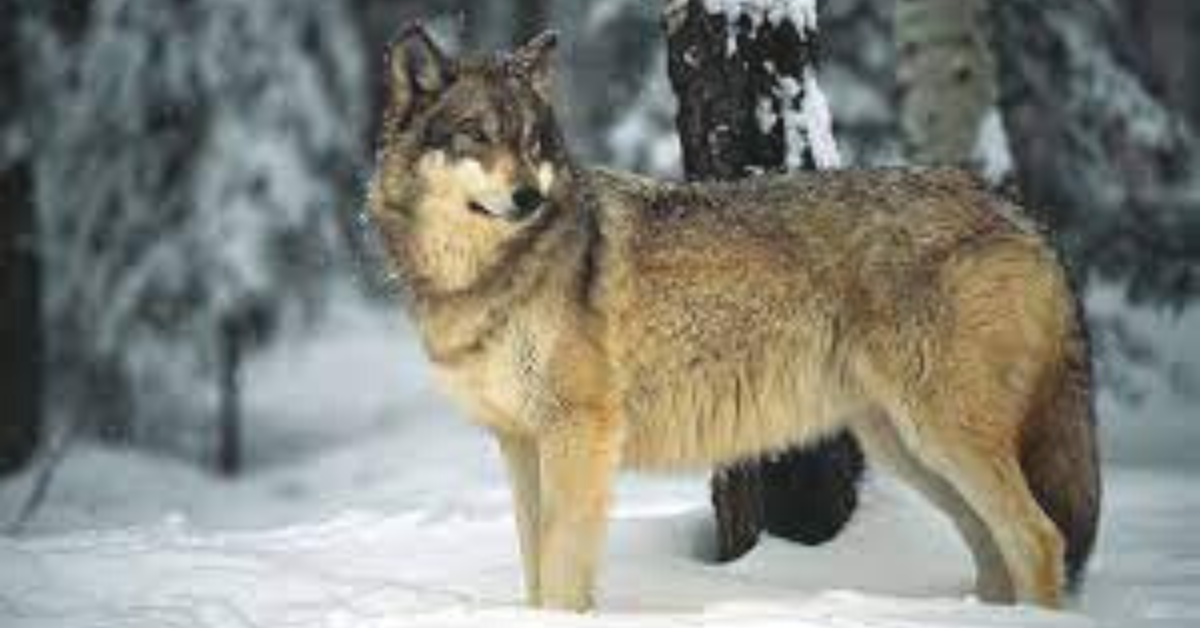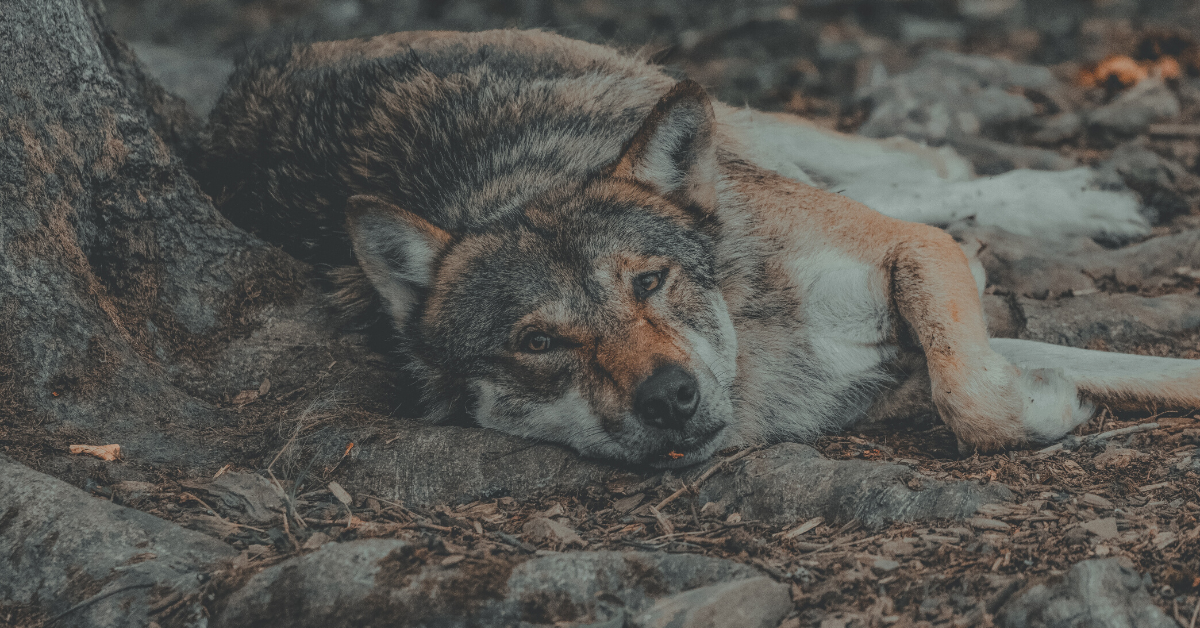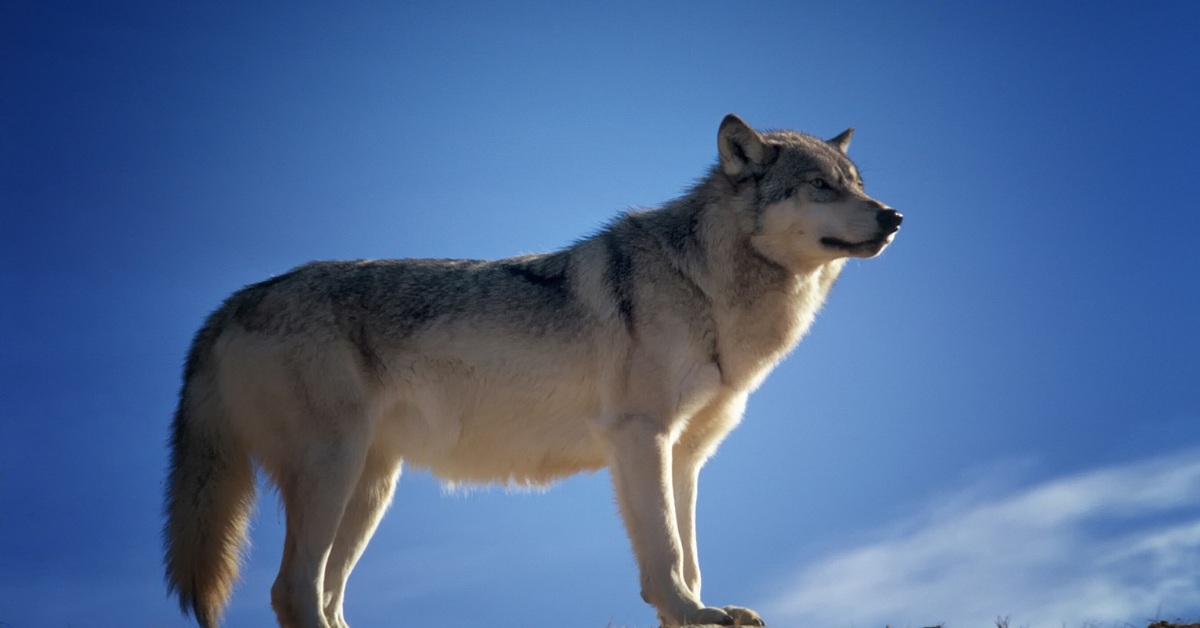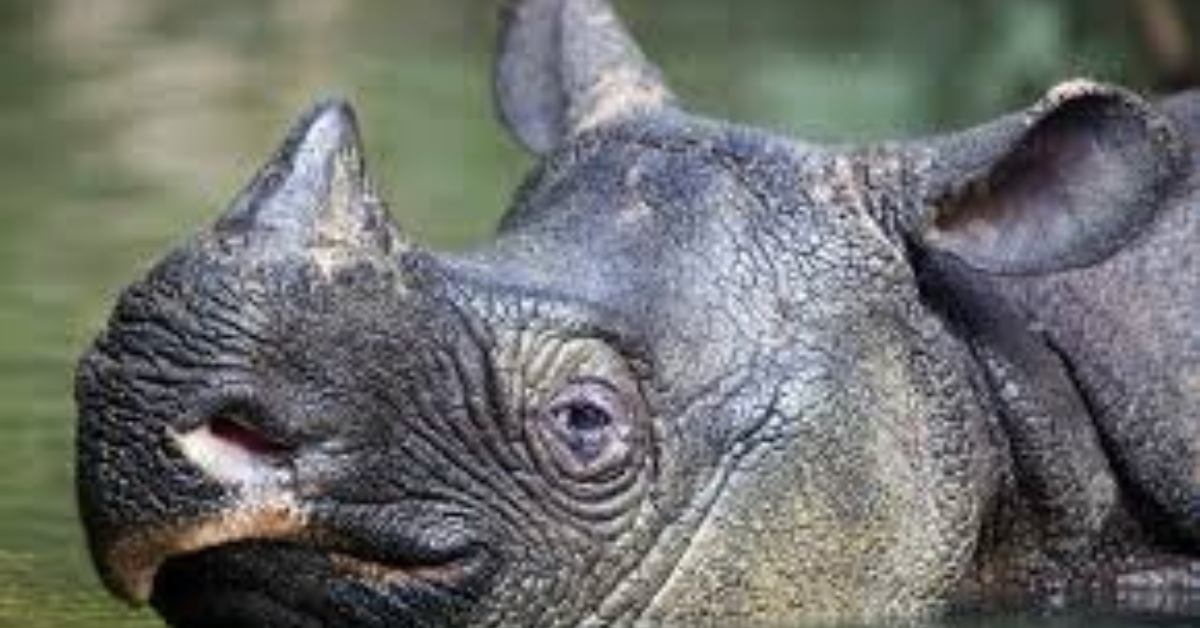
Population and dynamics of Javan Rhino The Javan rhino ( Rhinoceros sondaicus ) is one of the rarest large mammals on the planet, with an estimated wild population of fewer than 80 individuals. The remaining population of Javan rhinos is confined to the Ujung Kulon National Park on the western tip of the Indonesian island of Java.
